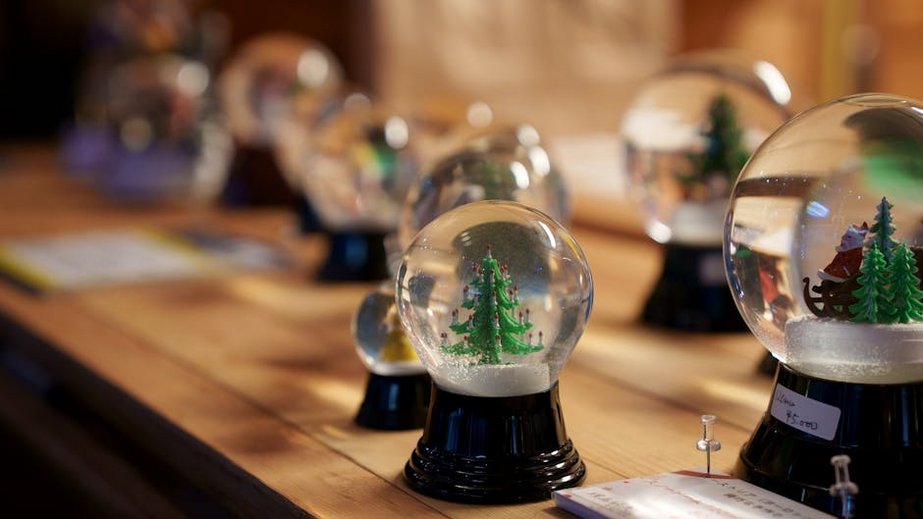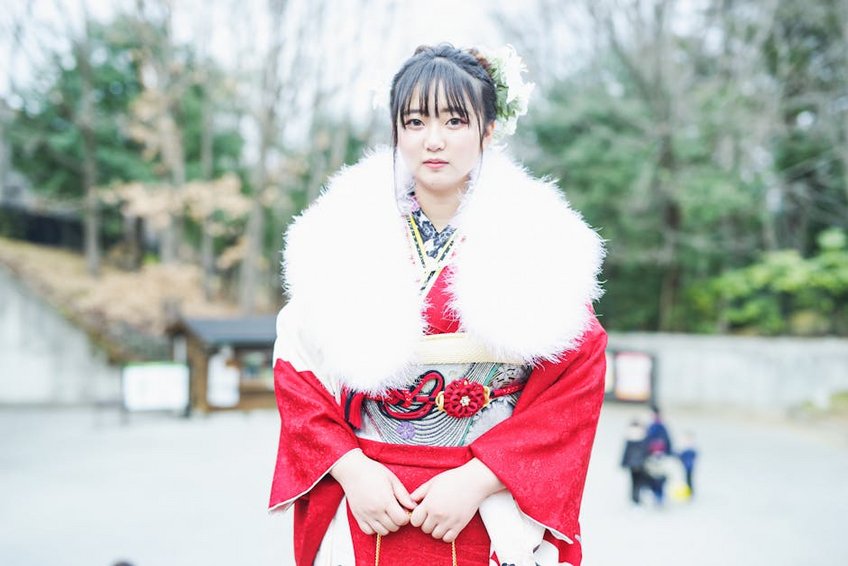Japan’s Lesser Known Winter Festivals
When you think of winter in Japan, your mind might immediately travel to the famous Sapporo Snow Festival or the romantic illumination displays in Tokyo. However, Japan’s lesser known winter festivals offer a more intimate, culturally rich, and utterly magical experience away from the bustling crowds. These hidden gems provide a unique glimpse into regional traditions, ancient rituals, and community spirit that have been preserved for centuries. From fire festivals in the mountains to mystical snow ceremonies in remote villages, exploring Japan’s lesser known winter festivals allows you to connect with the country’s deep-rooted cultural heritage in a way that mass tourism simply cannot replicate. You’ll discover breathtaking natural settings, warm hospitality, and traditions that feel both ancient and alive. This guide will help you plan an unforgettable journey into the heart of Japan’s winter wonderland, focusing on those spectacular yet under-the-radar celebrations that deserve a spot on every traveler’s bucket list.
Japan’s Lesser Known Winter Festivals – Essential Information
Understanding the cultural significance and practical aspects of these festivals will greatly enhance your experience. Unlike the commercialized major events, Japan’s lesser known winter festivals are deeply connected to local history, spirituality, and community identity. Many originate from Shinto traditions, agricultural rituals, or historical events specific to each region. The timing often aligns with the lunar calendar or specific seasonal changes, making each festival a unique celebration of nature’s cycles. You’ll notice that participation is often more interactive than passive observation – locals welcome visitors who show genuine interest and respect for their traditions. These events typically occur in rural areas or smaller cities, requiring more planning but offering richer rewards in cultural immersion and authentic experiences.
What Makes These Festivals Special
- Authentic cultural experiences without commercial overcrowding
- Opportunities for meaningful interaction with local communities
- Stunning winter landscapes that serve as natural backdrops
- Preservation of ancient traditions rarely seen by international visitors
- Photographic opportunities without competing with thousands of tourists
- Budget traveler: $70-100/day (hostels, local transport, festival food)
- Mid-range traveler: $150-250/day (ryokan stays, train passes, guided experiences)
- Luxury traveler: $350-500/day (premium accommodations, private guides, special access)
- Japan National Tourism Organization Official Site
- Japan Guide Comprehensive Travel Resource
Cultural Significance and History
These festivals often date back hundreds of years and serve important functions within their communities. Many began as prayers for good harvests, protection from winter hardships, or celebrations of seasonal transitions. The Nozawa Onsen Dosojin Fire Festival, for example, originated as a purification ritual and prayer for healthy male children. The Yokote Kamakura Festival evolved from a children’s play activity into a community celebration of winter’s beauty. Understanding this background will help you appreciate the deeper meaning behind the spectacular visuals and energetic performances you’ll witness during these events.
Japan’s Lesser Known Winter Festivals – Planning Your Trip
Careful planning is essential for enjoying these remote winter celebrations. Unlike major cities where tourism infrastructure is well-developed, many festival locations require advance arrangements for transportation and accommodation. Winter travel in rural Japan presents unique challenges including heavy snowfall, limited English signage, and reduced transportation options. However, these logistical considerations are more than compensated by the incredible experiences awaiting you. The best approach involves selecting 2-3 festivals based on your travel dates and creating a realistic itinerary that accounts for weather conditions and travel times between locations. Remember that many festivals occur on specific dates with no rain checks, so timing your visit precisely is crucial.
Best Time to Visit Japan’s Winter Festivals
The festival season typically runs from January through February, with some events extending into early March. January offers the deepest snow and most dramatic winter landscapes, while February features more daylight hours and slightly milder temperatures. The specific dates vary annually for many festivals, especially those based on the lunar calendar, so checking the current year’s schedule is essential. Weekdays generally see fewer domestic tourists than weekends, providing a more intimate experience. Consider combining festival visits with other winter activities like onsen soaking, skiing, or snowshoeing to create a well-rounded Japanese winter adventure.
Budget Planning and Costs
Essential Preparation Checklist
Proper preparation will ensure your comfort and safety during these winter events. Invest in quality thermal layers, waterproof boots with good traction, and hand warmers. Download offline maps and translation apps since English assistance may be limited. Reserve accommodations months in advance, especially for popular festival locations with limited lodging options. Learn basic Japanese phrases for greetings and gratitude – even simple efforts are greatly appreciated by locals. Pack extra camera batteries as cold weather drains power quickly, and bring cash since many rural vendors don’t accept credit cards. Most importantly, maintain flexibility in your plans as weather conditions may affect transportation schedules.

Japan’s Lesser Known Winter Festivals – Top Regional Celebrations
The diversity of Japan’s winter festivals reflects the country’s regional variations in culture, climate, and tradition. From the snow country of Tohoku to the mountainous regions of Central Japan, each area offers unique celebrations that showcase local identity and creativity. The following festivals represent some of the most captivating yet underappreciated winter events across different regions of Japan. They provide incredible photographic opportunities, cultural immersion, and memories that will last long after the snow melts. Whether you’re drawn to fiery spectacles, illuminated snow sculptures, or peaceful nighttime ambiance, there’s a festival that matches your travel style and interests.
Must-See Hidden Gem Festivals
The Nozawa Onsen Dosojin Fire Festival in Nagano prefecture stands out as one of Japan’s most dramatic fire celebrations. Held every January 15th, this event features local men battling with torches before setting a massive wooden shrine ablaze amidst chanting and drumming. In Akita prefecture, the Yokote Kamakura Festival transforms the city into a magical landscape of snow domes illuminated by candlelight each February. The Mizukake Festival in Tochigi prefecture offers a uniquely thrilling experience where participants douse each other with freezing water as purification ritual. Each festival provides distinct experiences ranging from exhilarating to contemplative, ensuring there’s something for every type of traveler.
Regional Variations and Specialties
Northern Japan’s festivals often emphasize snow and ice, reflecting the region’s heavy winter conditions. The Tohoku region features numerous kamakura (snow hut) festivals and snow lantern events that create ethereal winter landscapes. Central Japan’s festivals frequently incorporate mountain traditions and fire rituals, often connected to Shinto practices and agricultural prayers. Western Japan offers milder winter conditions but equally fascinating festivals centered around citrus harvest celebrations and coastal traditions. Understanding these regional characteristics will help you choose festivals that align with your interests and travel route through Japan.
Japan’s Lesser Known Winter Festivals – Practical Travel Information
Navigating Japan’s winter festival circuit requires understanding the unique transportation and accommodation challenges of rural winter travel. While Japan’s rail system is famously efficient, many festival locations are served by local lines with infrequent service, especially during heavy snowfall. Accommodation options range from traditional ryokans with natural hot springs to modern business hotels, but availability becomes extremely limited near festival dates. Dining options may be simpler than in cities, but you’ll enjoy delicious local specialties and festival street food that you won’t find elsewhere. Despite these challenges, the rewards of experiencing these authentic celebrations make every logistical consideration worthwhile.
| Transportation Mode | Best For | Approximate Cost (USD) |
|---|---|---|
| Japan Rail Pass | Multiple festival visits across regions | $290-460 (7-21 days) |
| Rental Car | Remote festival locations | $60-100/day (with winter tires) |
| Local Buses | Accessing specific festival sites | $5-20 per journey |
| Taxi Services | Last-mile connectivity | $20-50 short trips |


